Recommend a vine
ian_wa
14 years ago
Related Stories
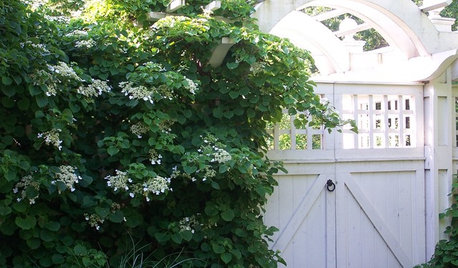
FALL GARDENING6 Deer-Resistant Flowering Vines to Plant This Fall
Have a major deer problem? Here are some of the only vines that have a chance of not being eaten
Full Story
LANDSCAPE DESIGNSee 5 Unexpected Ways to Use Vines
Vines can grow over slopes, trail off pergolas and add seasonal color to the garden
Full Story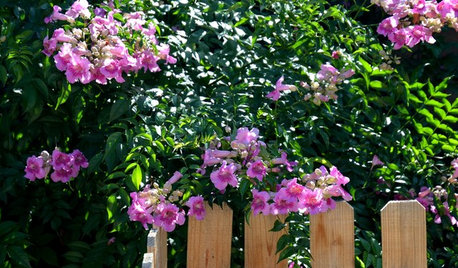
PINK FLOWERSGreat Design Plant: Pink Trumpet Vine Heralds Vibrant Color
Announce your landscape beautification efforts with this flowering vine that perks up hot, dry gardens
Full Story
EXTERIORSCare and Training for a Vine-Covered Home
Love the look but don’t want the ruin? Learn how to have vine-draped walls without all the cracks and crumbling
Full Story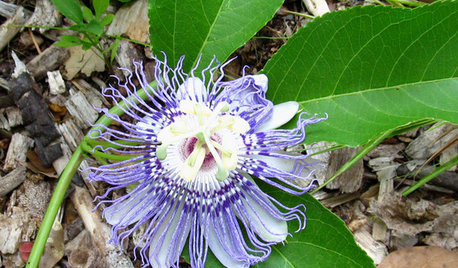
GARDENING GUIDESGreat Design Plant: Passiflora Incarnata
Enjoy the amazing flowers and edible fruit of U.S. native Passiflora incarnata (also known as maypop) — the butterflies sure do
Full Story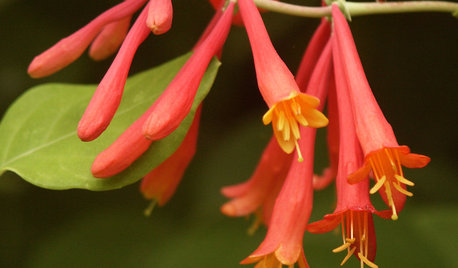
GARDENING GUIDESGreat Design Plant: Lonicera Sempervirens
Grow this long-blooming, flashy flowering vine to cover a fence or arbor and attract hordes of hummingbirds all season long
Full Story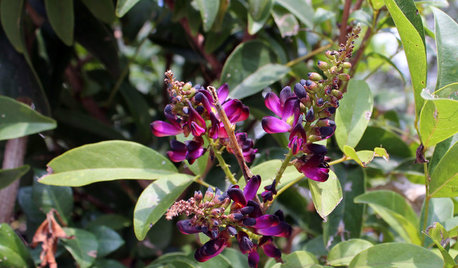
GARDENING GUIDESGreat Design Plant: Millettia Reticulata
Large purple flower clusters grace this robust climbing vine
Full Story
PLANTING IDEASGreat Garden Combo: Rose + Clematis for Small-Space Impact
We all need somebody to lean on. And when a rose supports a climbing vine, the results can totally transform a small garden
Full Story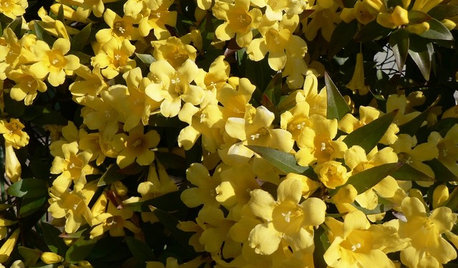
GARDENING GUIDESGreat Design Plant: Gelsemium Sempervirens
Plant Carolina jessamine in fall, and its flowers will signal spring before any other plants start blooming
Full Story
MOST POPULARThe Perfect Houseplant for People Who Kill Houseplants
If you can fill a jar with water, you can keep golden pothos vine happy — and it will pay you back with cleaner air and a greener home
Full StoryMore Discussions









gardengal48 (PNW Z8/9)
Embothrium
Related Professionals
Tempe Landscape Architects & Landscape Designers · Barrington Hills Landscape Architects & Landscape Designers · Deerfield Landscape Contractors · East Haven Landscape Contractors · East Patchogue Landscape Contractors · El Reno Landscape Contractors · Firestone Landscape Contractors · Fort Mill Landscape Contractors · Laguna Hills Landscape Contractors · North Canton Landscape Contractors · San Antonio Landscape Contractors · Snoqualmie Landscape Contractors · Suitland Landscape Contractors · Charleston Fence Contractors · Fort Lee Fence ContractorsRatherbgardening
grrrnthumb
Embothrium
Ratherbgardening
ian_waOriginal Author
gardengal48 (PNW Z8/9)
Embothrium
CathyJ
Embothrium
Embothrium